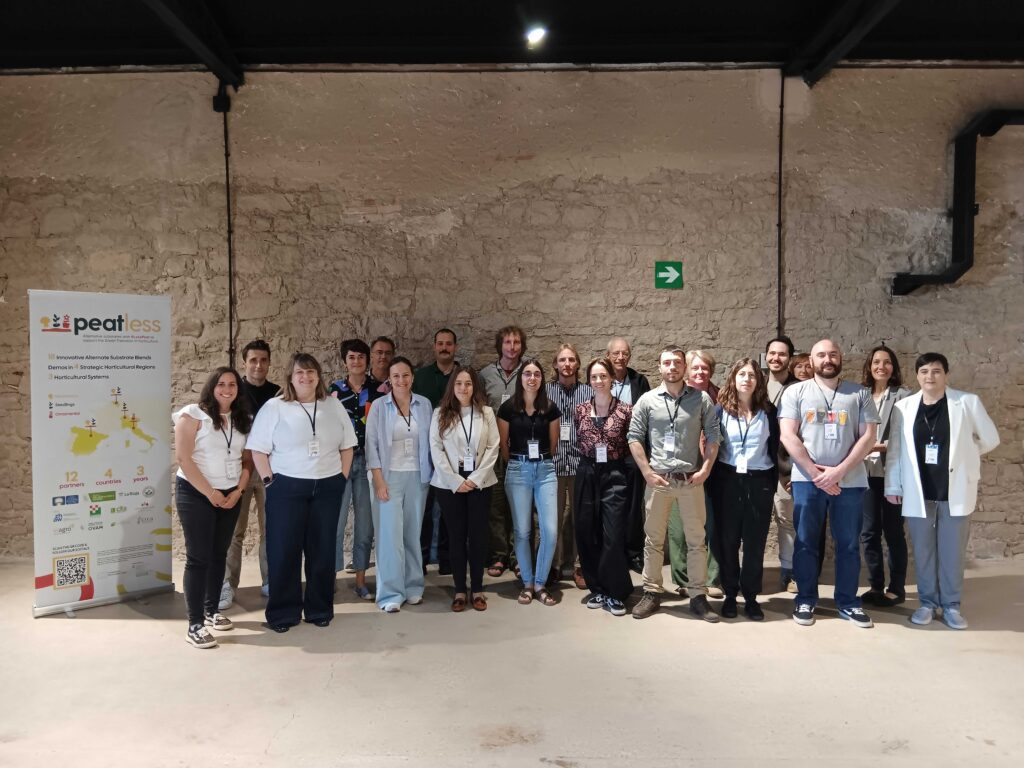Good moisture management is important for easier temperature control of compost, strong quality mycelium, spontaneous pin heading and a better nutrient flow from the compost to the mushrooms.
Aspects such as changes in the moisture content of compost, structure and make up of the casing soil and the outside climate lead to changes in the growing process, which can be attributed in great part to less than optimal moisture management.
The problem is often that things gradually start to shift in a certain direction making it difficult for growers to correctly estimate the moisture balance. A lack of moisture can have the following consequences:
1. Too dry incubated compost. React by giving the compost more water and spraying more water in the casing soil during the first 24 hours.
2. A too fine casing soil structure with excessive mycelium growth will lead to problems in the second and later flushes. Try to order wetter and coarser casing soil, change its composition, handle it less and with very fine casing soil: apply less cac and adjust the volume of water sprayed.
3. Too extreme cooling with blow down, which extracts too much moisture from the casing soil during the first 48 hours. Set a minimum inlet temperature, start blow down earlier and reduce the air temperature more gradually.
4. Too little water after the first and second flush. For good quality and spontaneous pin heading the casing soil must be allowed to reach the maximum moisture content. This can’t usually be achieved by spraying 6 to 8 litres per m2 after the first flush – double the quantity is needed.
Jos Hilkens, ‘The mushroom cultivation advisers’ hilkens@champignonadvies.nl






